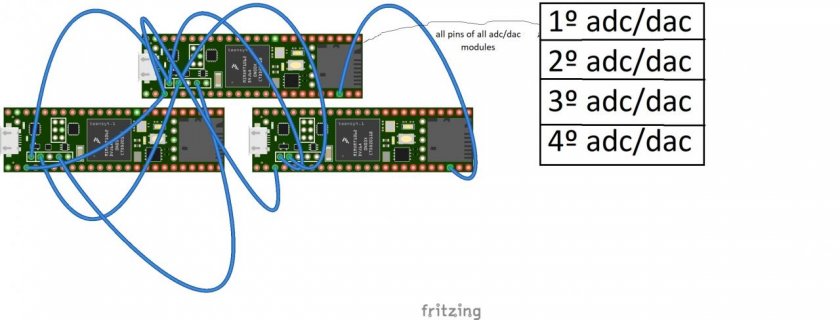I'm trying to connect spi devices on a Teensy 4.1
I'm readed this https://github.com/KurtE/TeensyDocuments .
But i dont understand what is the SPI pins of each spi port clearly.
Who can help?
I'm readed this https://github.com/KurtE/TeensyDocuments .
But i dont understand what is the SPI pins of each spi port clearly.
Who can help?



